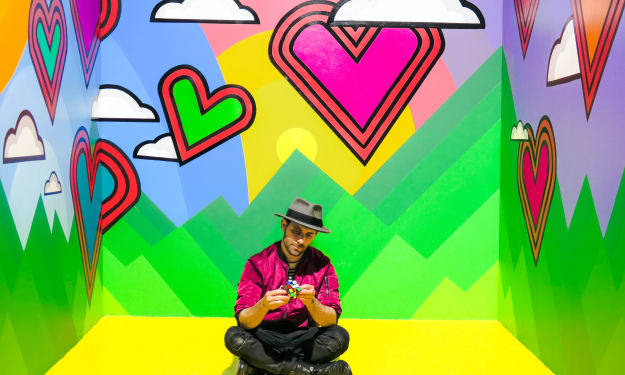
When a person is in serious trouble, what do you do? Flee, help, or ignore the cause all together? Most of us would say that we’d help anyone if they were in a state of emergency. In most aspects it would depend on three factors:
1. What’s going on with yourself
2.What’s going on with the person in trouble
3. And our external factors.
Perhaps we’d offer assistance, and if we don’t physically want to engage, we may insist to call the police. Other times, we may be blindly disregarding something at stake. But how interesting is it that people can influence our actions too? We may not be consciously aware of what we’re doing until it actually happens. According to Social Psychology, we mock the behavior of others (notably when placed in a setting with a larger crowd).
We are more likely to help someone if the social influence is high. If there is a low percentage of people helping, chances are we won’t help out either.
We are more likely to receive help from one brave person in comparison to a large population of people. Why is this? Because the social influence is more powerful (and stepping outside of such a strong force can be challenging, awkward, or maybe even- humiliating, but it can too be bold and rewarding). You never know what difference you can make in someone’s life.
This psychological theory is referred to as the ByStander Effect. Social psychologists John Darley and Bibb Latane invented the Bystander Effect in 1968. They studied the behaviors of people in public settings, and why we do nothing when horrific events occur. In one particular incident they studied the case of of a woman named Kitty Genovese in 1964, located in Queens New York. Whom was heading home from work and got stabbed, robbed, and assaulted. Where 38 bystanders watched passively. One person in particular, called out to leave her alone, but it was not enough. Now you may be wondering, how can 38 people just stand around and do nothing? Well, there can be several answers to that, and each one of them may have something different to say, but the one sign that remains clear is the inability to not intervene.
This is probably all starting to make sense now. When a child is getting bullied, phones are pulled out instead of pushing the bully away. When someone is getting attacked, everyone hides out or observes the scene. When a homeless person asks for money, we avoid them at all costs. Although this may not be the case in every situation, it is highly encouraged most of the time. There are tons of real-world events captured on video (racist acts, sexual harassment, bullying, suicide, etc.) just for content and action. Like Kitty, many lives have even been lost due to the numbing Bystander Effect.
Let’s explore another example and take a look at what happens to the homeless man & woman in not so fancy clothes vs. the man in a suit. Sadly, appearance plays a factor too.
The homeless man received several glances but received no help. The homeless woman didn’t receive any help until after four minutes where a brave soul took the initiative. And then, slowly after another person came to help also referred to as “The Diffusion of Responsibility” (to act only when another person does it). The last man in a suit, received help within seconds and was greeted “sir” by many people and was offered a generous amount of assistance. All three participants were lying on the sidewalk. But somehow the percentage of help was higher based on a man’s appearance.
The strength to act can be fearful and easy for some. We may become a deer in the headlights or become worried that something may happen to us if we intrude. Other times we don’t care or don’t know what to do. It all just depends. Sometimes the event may not be as violent or disruptive. It may be simply helping someone who is struggling to achieve something on their own.
When you’re in trouble or in urgent need you seek for immediate help from others. In many aspects you are in need of a helping hand every once in awhile so why can’t you reciprocate that energy in return? You may assume, “They’re fine” “Someone will help them..eventually, so why should I?” But if you were stranded, hurt, or incapable of something how would someone saying that to you make you feel?
Why Is The Bystander Effect So Complex?
The Bystander Effect describes most peoples willingness to help in public settings but there’s still a small percentage of people who would help despite the influence of others and from there, the social influence may change significantly.
Just take Steve Jobs for example. No one believed in his ideas or inventions at first for the Apple corporation. He could’ve easily been influenced by what society said but he chose the exact opposite. He didn’t stand by their opinions and desires. What most of the world rejected, he used as a tool to thrive and make a difference in the world.
In this same sense, most people in public settings will disregard the helpless but just as easy as it is to be influenced, is just as easy as it is for one to change the mind of others. Sometimes it just takes one person, one brave soul, from saving the lives of a billion people.






Comments
There are no comments for this story
Be the first to respond and start the conversation.